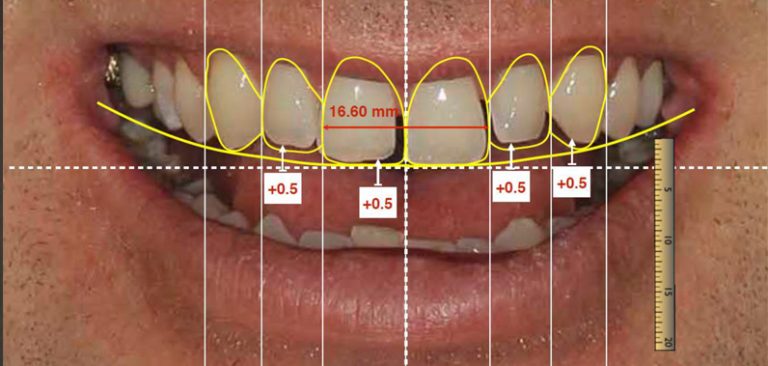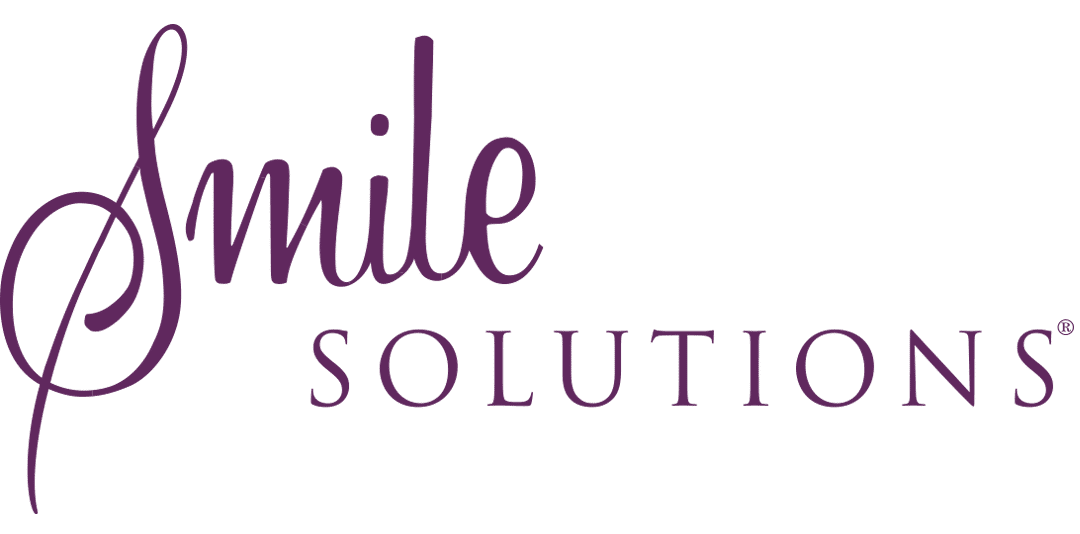Learning and advancing are a career-long process for dentists as health professionals. Personally, I find it exciting that advances in materials science and digital technology are allowing us to predictably produce smiles that enhance both dental health and aesthetics.
In the past it was standard practice in cosmetic dentistry for practitioners to decide almost unilaterally how their patient’s new smile would look. They would prepare some teeth and send an impression of the prepared teeth to a ceramics laboratory with basic instructions and perhaps a low-res photo of a celebrity’s beautiful smile that the patient had brought in to show their desired outcome. The actual outcome, though, was often haphazard and unpredictable, and not in aesthetic harmony with the patient’s own facial features.
A much more interactive and collaborative methodology, which I and like-minded clinicians have used for a couple of decades now, is focussed on achieving a planned, predictable outcome in harmony with the patient’s facial features and with an ability to fine-tune the design along the way, according to the patient’s taste. I detail this kind of process in my earlier blog, I need a smile makeover. What’s involved? In short, it entails:
- consulting with the patient to understand their desired result
- mocking up the desired tooth length in the patient’s mouth with tooth-coloured resin
- taking a series of high-quality photos before and after the mocking-up
- obtaining plaster study casts of the teeth
- producing a wax design on the study cast that reflects the planning and the patient’s input
- preparing the teeth using templates from the wax design
- and, most importantly, placing provisional restorations produced from a template modelled from the wax design.
A few days after the above steps have been taken, the cosmetic dentist and you as the patient critique the provisional restorations and review your real-life experience of them. If desired, changes are then made to the provisionals, and photographic and impression records of the changes are taken. The ceramics laboratory completes the ceramic work, accurately knowing your approved tooth-length and shape, smile-line angle, and other parameters. With a try-in of the finished ceramic work, your approval, and permanent placement, the treatment is complete.
Now taking this method to the next level is an innovation in cosmetic dentistry known as software-assisted smile design.
What is software-assisted smile design?
Software-assisted smile design is a conceptual tool, or process, developed by Dr Christian Coachman, a talented Brazilian dentist who came to dentistry as a qualified dental ceramist. His process is now being taught to dentists around the world.
The aim of software-assisted smile design is essentially to:
- enable the clinician to make a more accurate evaluation of a patient’s existing smile
- make it easier to design a rejuvenation of that smile
- increase the clinician’s ability to communicate the design proposal to the patient and respond to their input
- allow the dentist and dental ceramist a degree of creative scope
- ensure a faithful execution of the computer-assisted planning.
How does it work?
The software-assisted smile design process may be performed by your cosmetic dentist, or by a skilled dental technician working within a dental ceramics laboratory in collaboration with you and your dentist. Software such as Apple Keynote, Microsoft PowerPoint, or a purpose-designed suite of software packages is used to draw lines and curves on photographs of your smile in order to evaluate dental and facial midlines and the desired smile-line position (the curved yellow line in the example below). Your teeth can then be resized, rearranged, rotated, reshaped – singly, or as a group – and any changes that have been designed on the right side of the smile can then be accurately mirrored on the left.

Accurate measurements from the on-screen design can be transferred to a wax-sculpted plaster model, or even a 3D-printed model, so that guide jigs and a precision template are made for the dentist to produce accurate provisional restorations.
In appropriate cases where the result is not dependent on major changes to the existing teeth, the template of the smile design can be used to produce an evaluation mock-up in your mouth, so you can see the smile you may have only dreamed of.
If a software-assisted smile design inspires you as it does me and you want to find out more about cosmetic dentistry, ask to see one of the cosmetic dentists at Smile Solutions.

